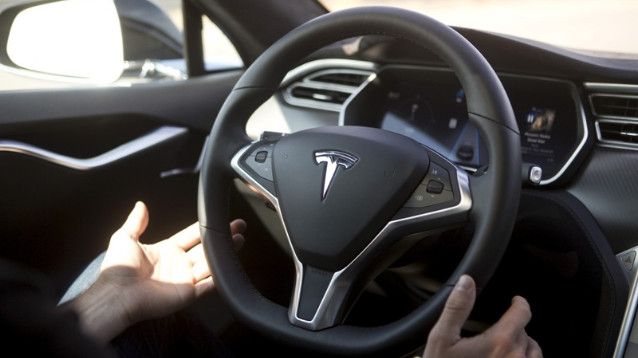Much ado has been made about the future of autonomous vehicles, whirring smoothly down city streets, carting passengers from place to place safely and soundly. But the phenomenon–which is well underway in testing stages–is not without obstacles. The major roadblock? You and me.
That’s right. The self-driving car itself, though far from flawless, won’t in itself be the problem that could fail us. It would be our inability to actively cooperate with the technology where things get unsafe—or at least according to an article published in Popular Science. It seems that we’ve been wrong about driverless cars in believing that such cars can actually be, well, driverless.
Recently, Tesla’s autopilot mistook a tractor trailer for a road sign, leading to a deadly collision in Ohio. The technology failed, and the consequence was undeniably devastating. Has the public been misled about the role of autonomous vehicles—or more specifically, our role in keeping them in check?
Thus far, self-driving cars have been hyped as a driverless utopia in action, wherein passengers can sit back, relax, finish work, or take a nap without worrying about their safety. This is a nice idea, but not an accurate one right now. Companies like Tesla with autopilot features still recommend that a driver is present to keep their eye on the road. As the article puts it, “shared control is the name of the autonomous-driving game.”
It’s okay to feel a bit duped by this. Driverless cars have been marketed as safe, and above all, trustworthy. But it’s important to read the disclaimers. For example, Youtube clips may show videos of people playing games while their car chauffeurs them around town, but the video description says: “DISCLAIMER:…The activities performed in this video were produced and edited. Safety was our highest concern. Don’t be stupid. Pay attention to the road.” In other words, what you’ve seen is a fiction—don’t try this at home.
Automakers need to make clear that drivers should be available at the wheel to quickly detect problems and step into correct them if needed. This may require training of some sort, but it’s worth it. If people are blindly trusting and out of the loop, there will be problems. Cars could also be designed with obvious hand-off signals—like flashing light, or beeps—that alert passengers when they need to take over.
Sometime in the future, autonomous vehicles may live up to their name and the vision futurists and advertisers have set into motion. For now, we must all proceed carefully by—at the very least—reading the instructions before taking new tech for a test drive.
